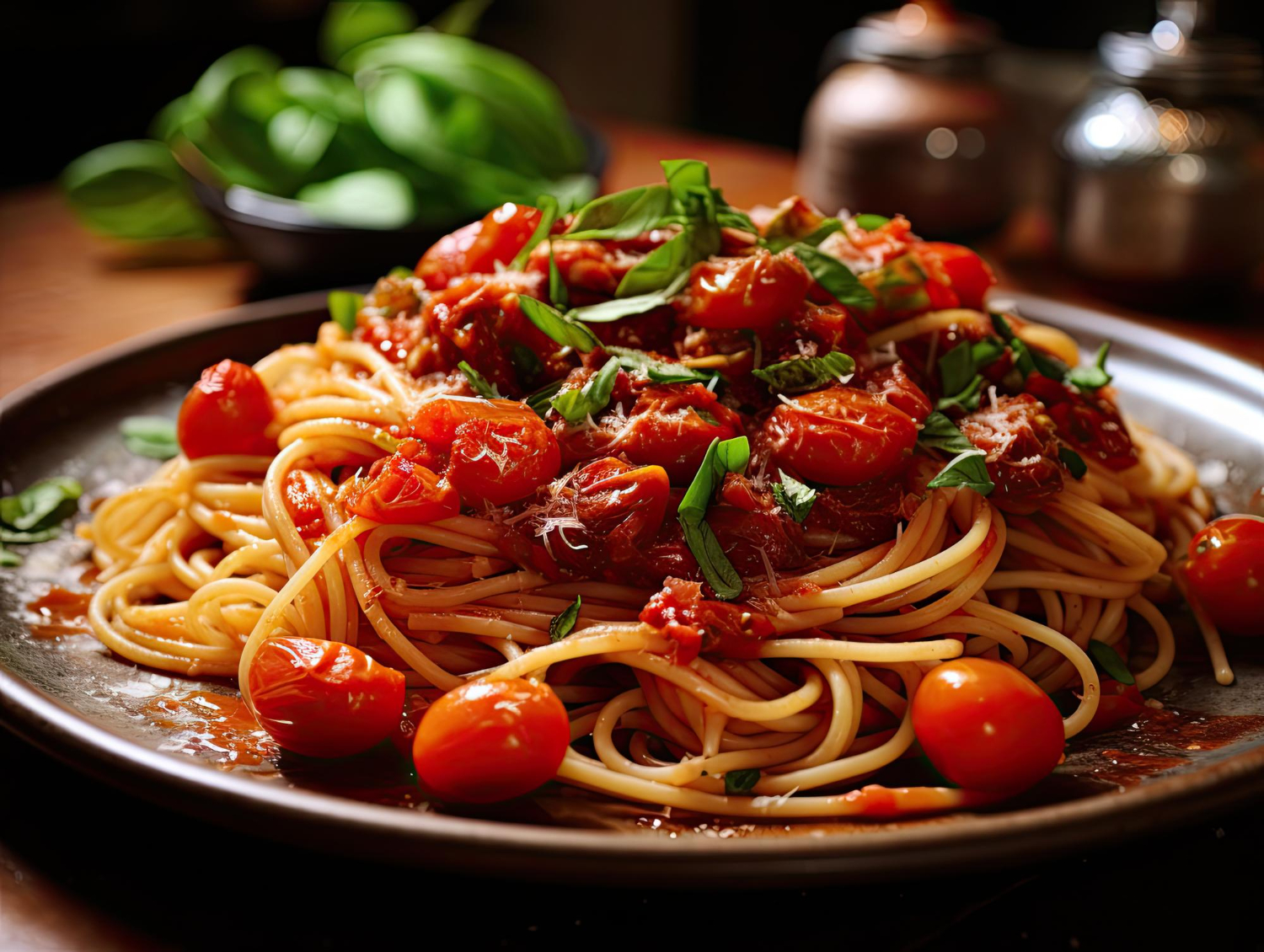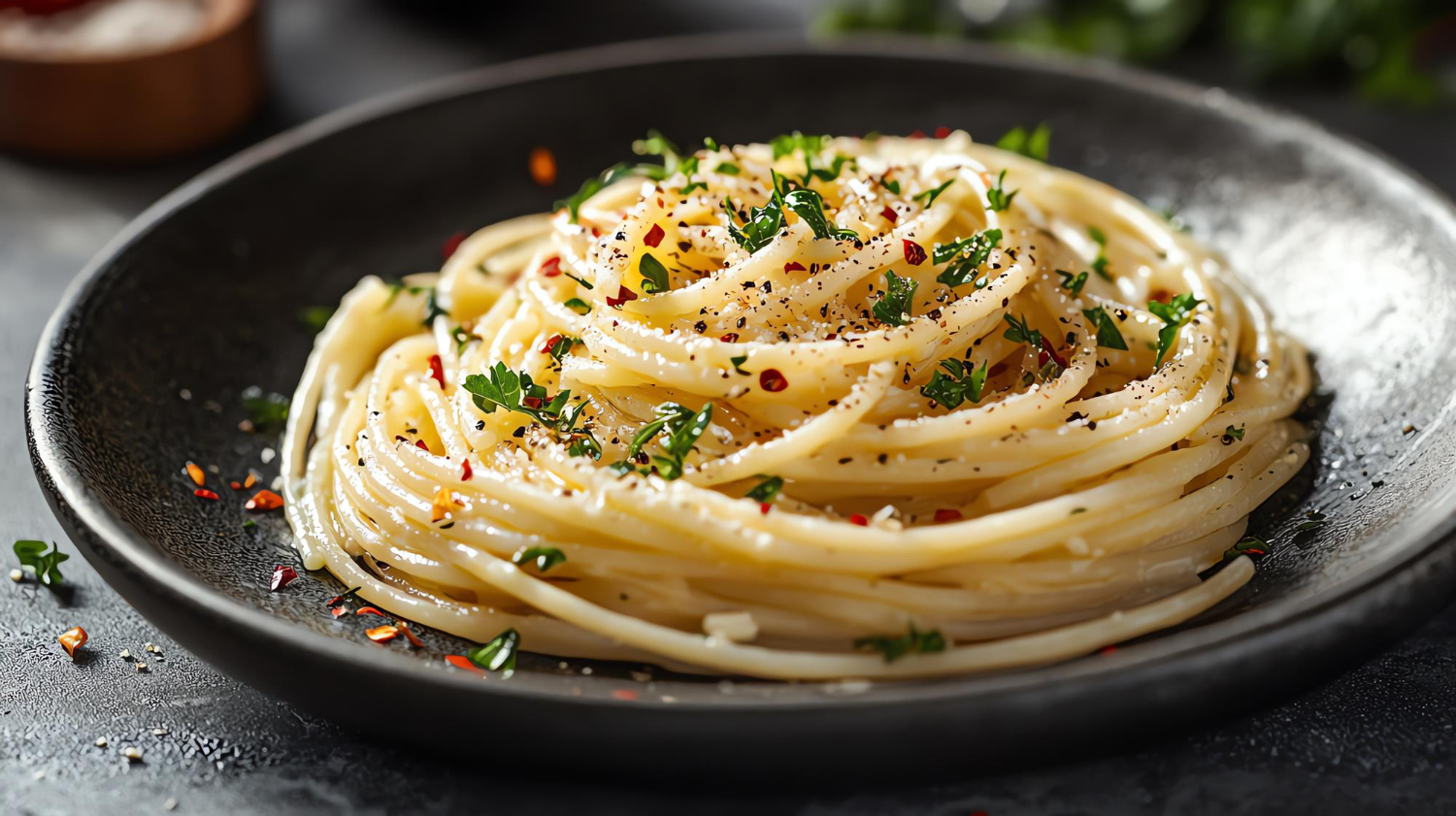Photo: Freepik
What makes sugo so beloved is its simplicity. With just a handful of ingredients, it captures the essence of Italy’s love for fresh, seasonal produce. Italians believe that the best sugo comes from using high-quality tomatoes—preferably San Marzano or Roma varieties, known for their rich, sweet flavor and low acidity. These tomatoes are often canned at their peak ripeness, ensuring that even a basic sugo tastes vibrant and full of life.
The process of making sugo is as important as the ingredients themselves. Slow-cooking is key, allowing the tomatoes to break down and intensify in flavor. A good sugo is not rushed; it’s gently simmered over low heat, often for hours, until the flavors meld together in a harmonious balance. Fresh basil or oregano may be added toward the end to give the sauce a fragrant, herbal lift, while a drizzle of high-quality olive oil adds a smooth, silky finish.
Sugo is a versatile sauce that can be used in countless dishes. Whether it’s tossed with pasta, layered in lasagna, or used as a base for pizza, its rich, comforting flavor is at the heart of many Italian family meals. In fact, in many households, making sugo is a weekend ritual, with large pots of sauce simmering on the stove, ready to be enjoyed throughout the week.
What makes sugo so enduring is that it’s more than just a recipe—it’s a tradition. Passed down through generations, each family has its own take on the perfect sugo, with slight variations in ingredients or cooking methods. Despite these personal touches, the soul of sugo remains the same: a celebration of simple, quality ingredients brought to life through time-honored techniques.
In a world where fast food and quick fixes are increasingly popular, sugo stands as a reminder of the joy in slow, deliberate cooking. It’s a sauce that invites you to take your time, to savor each step of the process, and ultimately, to enjoy a meal that’s as comforting as it is flavorful.
Sugo
10
servings5
minutes50
minutes36
kcalIngredients
2 tbsp olive oil
1 medium onion, finely chopped
2 cloves garlic, minced
2 cans (28 oz each) whole peeled tomatoes
1 carrot, finely grated
1 celery stalk, finely chopped
1/2 cup red wine (optional)
Salt and pepper to taste
1 tsp sugar (optional, to balance acidity)
A handful of fresh basil leaves, torn
A pinch of dried oregano
Freshly grated Parmesan cheese (for serving)
Directions
- Heat the Olive Oil: In a large saucepan, warm the olive oil over medium heat.
- Sauté the Vegetables: Add the finely chopped onion, minced garlic, grated carrot, and chopped celery to the pan. Sauté until the vegetables are soft and the onion becomes translucent, about 5 to 7 minutes.
- Add the Tomatoes: Pour in the canned tomatoes along with their juice. Use a wooden spoon to break the tomatoes into smaller pieces as they cook..
- Simmer: If desired, add the red wine to the pan and stir to combine. Bring the sauce to a simmer, then reduce the heat to low. Let it simmer gently, uncovered, for about 30 to 45 minutes, stirring occasionally.
- Season: Season the sauce with salt, pepper, and a pinch of sugar if needed. Add the torn basil leaves and a pinch of dried oregano for added flavor.
- Blend (Optional): For a smoother sauce, you can use an immersion blender to blend the sauce to your desired consistency.
- Serve: Serve the sugo hot over your favorite pasta, topped with freshly grated Parmesan cheese.
Notes
- This sugo can be used on crunchy bread or as a topping for pizza.
















